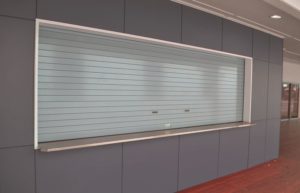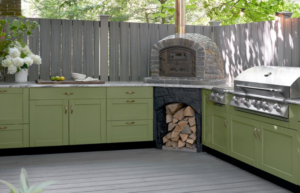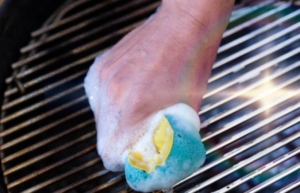Travertine Pavers Buyer’s Guide -Types, Durability, and Maintenance
If you’re planning to improve your home, you’ve probably heard about Travertine. Of course, that’s because it’s a common material used to pave outdoors or swimming pool areas. Travertine comes in a variety of colours and designs. The stone is not only known for its durability but also its stunning appearance. If you’re going to use Travertine for home improvement, you may want to know more about it before making a purchase.
Here’s what you need to know about Travertine:
Types of Travertine Pavers
There are two types of Travertine pavers. There’s the chiselled travertine paver and tumbled travertine paver. The chiselled travertine paver is shaped using a machine so that it takes the specific form required for installation. On the other hand, a tumbled travertine paver has rounded corners that give it a classical appearance. This type of Travertine has a non-slippery texture so that it’s easier to grip and walk. It’s mostly used around the pool and the patio.
Travertine’s Durability
When planning a home remodel or building a new home, durability is the number one factor you should consider when purchasing construction materials. With Travertine, you can never go wrong in terms of durability. Since it’s a natural stone, it survives in different types of climates. Unlike other building materials, Travertine doesn’t crack or fade. Its colour doesn’t disappear even after using it for an extended period. It’s more durable than concrete and brick and doesn’t get damaged easily. To boost its durability, Travertine is mounted on a mixture of gravel, mortar, or sand, and the good thing is that the stone gets to look better over time.
Maintenance
While Travertine is a bit costlier than other materials, you’ll like it for its low maintenance cost. With a damp mop dipped in warm soapy water, you’re good to start cleaning and dusting the pavers. It makes cleaning easier in crowded areas. In case there are stubborn stains that may require a little more effort, be sure to use plenty of water. In this case, a pressurized water horse with a neutral detergent would do.
If your travertine pavers are regularly exposed to salty water, consider sealing them to boost their durability. Sealants protect Travertine from being weakened by salty water. During winter, Travertine tends to freeze and thaw, and the sealants also protect it from this kind of damage.
Easy to Shape
Most homeowners prefer Travertine to other stones due to the ease in which travertine tiles are cut and shaped. With this, homeowners can effortlessly fill the small and oddly shaped spaces to achieve uniformity. Additionally, since Travertine is lightweight, it can be used on both horizontal and vertical surfaces. And you can always maintain a durable design and a natural-looking surface with Travertine.
Are you planning a home remodel any time soon? Well, go ahead and add Travertine to your list of building materials.
Read also:





